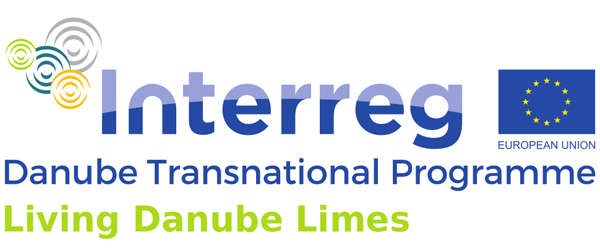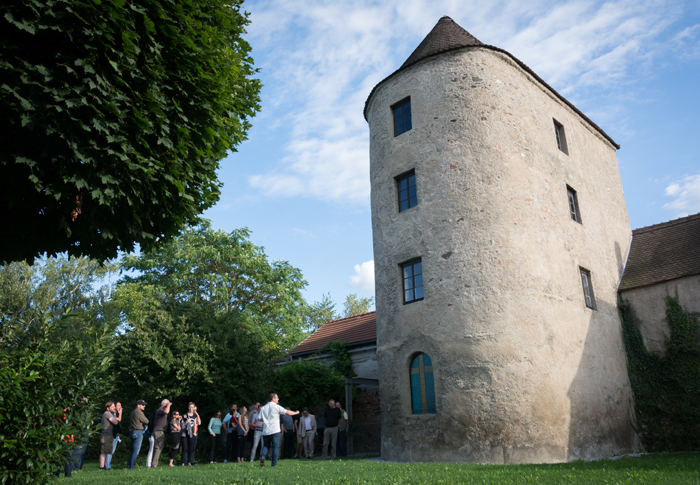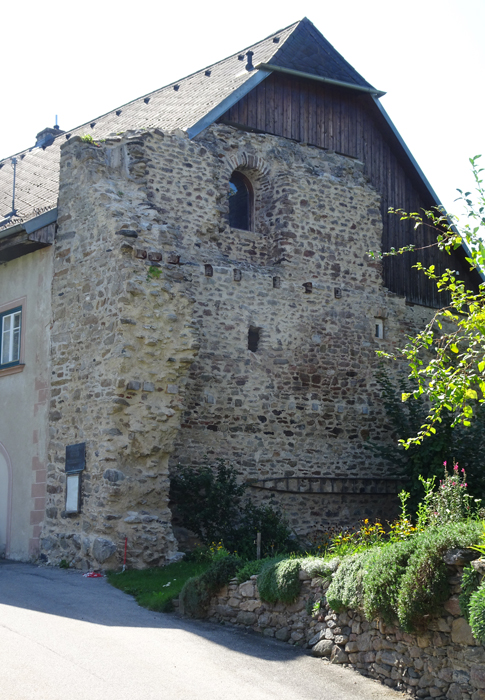Danube University Krems has been granted the contract for the EU project 'Living Danube Limes' and, together with partners from ten Danube countries, is taking initiatives to preserve the ancient Roman heritage along the Danube Limes and to encourage its sustainable use for tourism. In 2022, a life-size replica of a Roman river vessel will serve as an ambassador for the project, visiting towns and cities along the Danube.
Even after 2000 years, the Roman legacy can still be experienced in the majority of towns and villages, large and small, along the Danube. Most of it has not yet been built over, but it has also not been sufficiently researched and protected from deterioration and natural disasters. The fascination of the Danube Limes, one of the largest border fortifications in the world, lies in the fact that, despite its border character, it was a trade route that united people. The cultural, symbolic and touristic value of the shared past is to be highlighted in order to create awareness of the transnational potential and identification with the Danube Limes in the ten countries bordering the Danube.
'Living Danube Limes' builds on EU-funded predecessor projects such as 'Danube Limes Brand' and 'DANURB' to make the Danube Limes visible and tangible through as many interlinked and sustainable measures as possible - such as geophysical surveys, virtual reality reconstructions, museum cooperation, events and sustainable tourism concepts. For the first time worldwide, a Roman Danube ship will be built entirely with historical tools, without the use of modern equipment, as it would have been in the 4th century AD. From the second half of 2022, it will cruise the Danube with an authentically equipped crew.
The 'Living Danube Limes' project consortium comprises 19 academic, governmental and private sector project partners from ten countries. In addition, there are 27 associated strategic partners who support the consortium with all relevant expertise in the fields of archaeology, archaeological research, technology, architecture, virtual reality, museum management, tourism management, cultural heritage protection and living history. The project has a budget of €3.2 million, runs from July 2020 to December 2022 and stretches from Germany to the Black Sea.
Aim: Nomination as UNESCO World Heritage Site
The nomination of the entire Danube Limes as a UNESCO World Heritage Site is a key objective of the 'Living Danube Limes' project. To this end, the project supports the nominations of Croatia, Serbia, Bulgaria and Romania, which, unlike Germany, Austria, Slovakia and Hungary, are not yet on the Tentative List. 'Living Danube Limes' also aims to create an European Cultural Route along the Danube Limes and to implement sustainable, green tourism concepts.
Involving the public
The research activities within the framework of 'Living Danube Limes' will close research gaps around the Danube Limes. The communication of the research results will be promoted by the network of archaeological museums along the Danube and by the created 'Living Danube Limes App'. The strong involvement of the public in the project, e.g. through living history events, will ensure a greater engagement with the Limes and thus a strengthened identification with the common heritage.
Living Danube Limes
Duration: 01.07.2020–31.12.2022
Funding programme: EU (Interreg - Transnational Danube Programme)
Department: Building and Environment
Principle investigator for the project: Dr Anna Kaiser
Partner organisations from Austria:
Ludwig Boltzmann Institute for Archaeological Prospection and Virtual Archaeology
Paris-Lodron University Salzburg
Associated strategic partners from Austria:
Federal Ministry of Arts, Culture, Civil Service and Sport
Lower Austrian Provincial Government
Institute for the Danube Region and Central Europe
Austrian UNESCO Commission
Municipality of Tulln on the Danube
EUROPA NOSTRA Austria
Roman City Carnuntum

Queries
Tags


